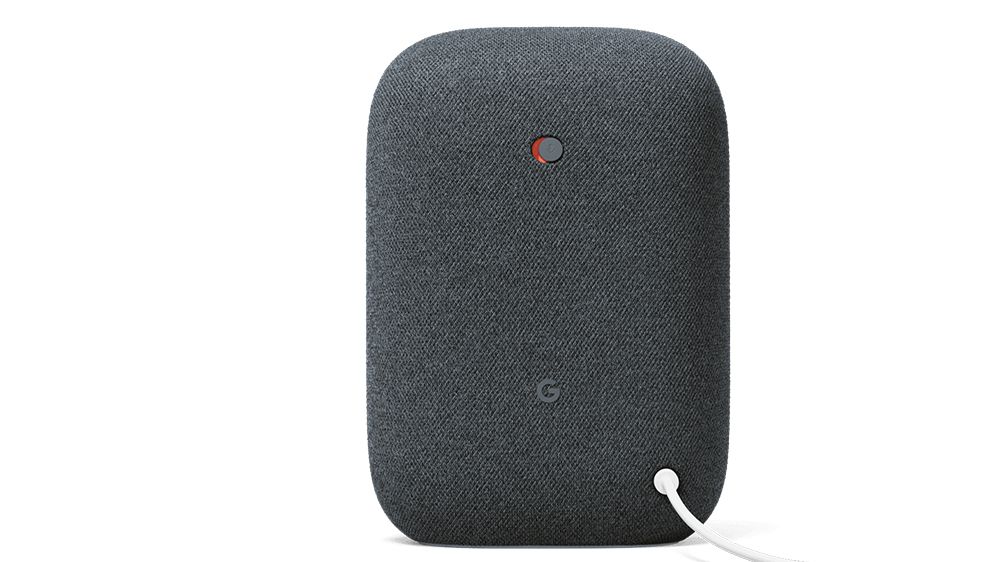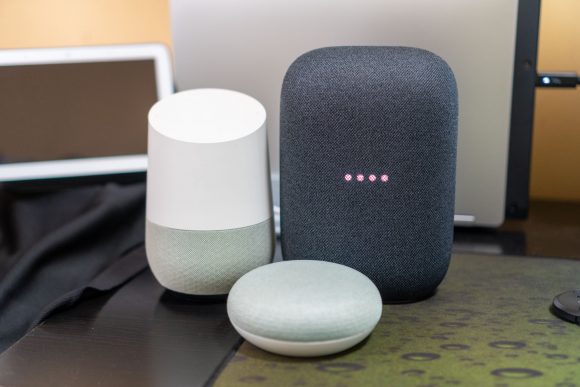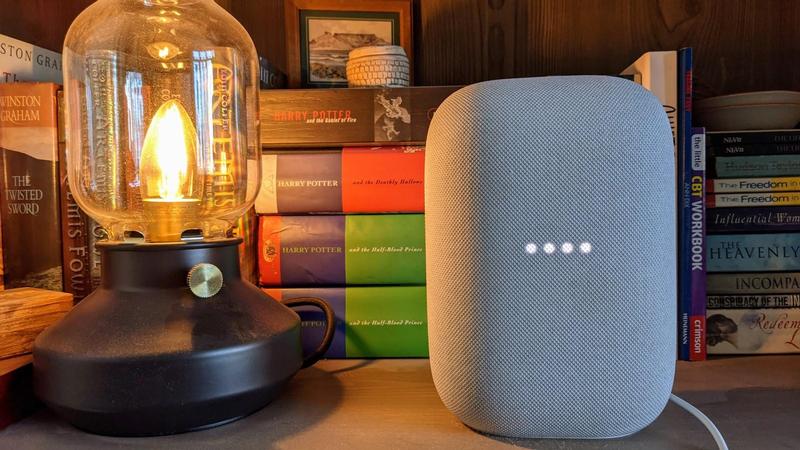Smart speakers can be said to be streaming radios for generations. Since Amazon Echo in 2014 and Google Home in 2016, they have become the main source of indoor music for many homes in just a few years.
However, due to the positioning of Google Home, its earliest settings are based on assistants, supplemented by music playback.
Among the subsequent products, apart from probably the only exception of Home Max, whether it is Home Mini / Nest Mini, Home Hub / Nest Hub or Nest Hub Max, in fact, they are not models that particularly emphasize sound quality.
But recently, Google has finally begun to face up to the potential of smart speakers as a music playback device, and has improved the sound quality to a considerable extent on the Nest Mini. However, due to its size, its sound quality is still a little bit different from the Bluetooth speaker.
Therefore, the Nest Audio released this time can be said to be a product that Google tries to take into account both sound quality and price. This can also be seen by its name “Nest Audio”.
At a price of about US$100, it will replace the original version of Google Home, and it faces quite a few competing products.

Appearance and packaging
Nest Audio is a pillow-shaped cuboid with a width of about 12 cm, a height of about 18 cm, and a thickness of about 8 cm. It is quite different from the current mainstream cylindrical or square pillars of assistant products of the same level.
Nest Audio also has a considerable weight, with a weight of 1.2 kg, it can stand fairly steadily.
The Nest Audio has two colors, “Pink Charcoal White” and “Graphite Black”, and the evaluation machine we got is pink charcoal white, which is strictly speaking a light gray.
Its entire shell is covered with a uniform mesh plastic cloth, according to Google, 70% are from recycled plastic.
The only physical switch of the whole machine is the microphone switch on the back. The power is turned on as long as the wire is plugged in, and it is turned off when the wire is unplugged.
After starting, there are four small white dot indicators in the center of the front of the Google smart speaker device, and there are three touch areas on the front near the upper side, the middle is the playback pause, and the left and right are the volume levels.
The sensitivity of the touch sensor is not bad, but like many similar devices, there is no clear indication of where to touch, so you still have to try a little to know where to touch is the most appropriate.

Setting, operation
If you have used Google’s smart speakers, you should not be too unfamiliar with the setting process, basically plug in the power, download the Google Home app, and follow the instructions.
If you haven’t used it before, it’s worth noting that Google’s smart devices currently only support a few music service providers such as YouTube Music, so if you want to stream music over the network, there are not many choices.
YouTube Music can actually handle most of its uses, but in experience, it is difficult for YouTube Music to accurately find the music you want to listen to.
Sound quality

Since it is not much different from other Nest Audio products in terms of functionality, it’s time to look at the sound quality.
Nest Audio has a 75mm woofer and a 19mm tweeter. According to the official instructions, it can bring a rich and full mid-bass, clear treble, and natural dynamic range.
But regardless of Google’s reputation for advertising vocabulary, it is inevitable that this is only a $100 speaker, and a lot of effort has been placed on smart functions.
From an absolute point of view, Nest Audio’s treble is easily masked by the mid-bass, and the bass is also slightly insufficient when it descends to the low frequency, especially at a higher volume, it appears a little weak compared to the mid-range.

